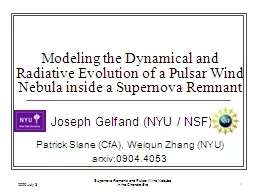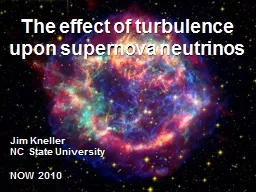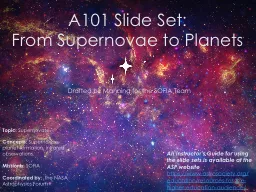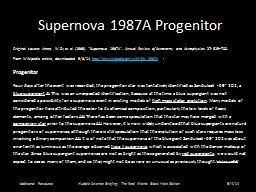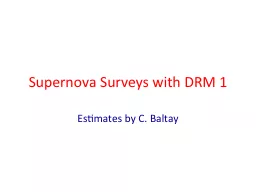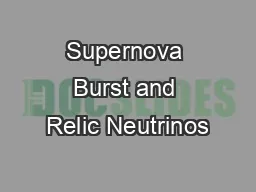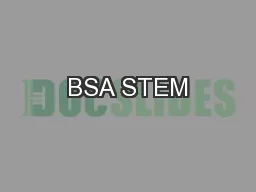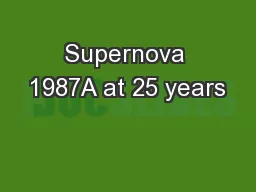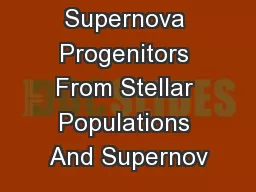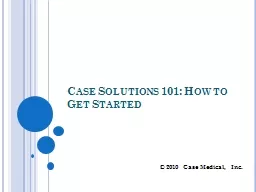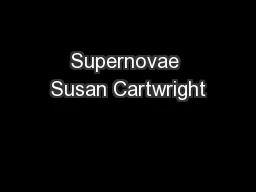PPT-Supernova Surveys
Author : liane-varnes | Published Date : 2017-10-28
with WFIRST DRM1 and DRM2 C Baltay June 1 2012 Supernova Surveys using Slitless Spectroscopy Use Imager for SNe discovery and to get lightcurves Use slitless
Presentation Embed Code
Download Presentation
Download Presentation The PPT/PDF document "Supernova Surveys" is the property of its rightful owner. Permission is granted to download and print the materials on this website for personal, non-commercial use only, and to display it on your personal computer provided you do not modify the materials and that you retain all copyright notices contained in the materials. By downloading content from our website, you accept the terms of this agreement.
Supernova Surveys: Transcript
Download Rules Of Document
"Supernova Surveys"The content belongs to its owner. You may download and print it for personal use, without modification, and keep all copyright notices. By downloading, you agree to these terms.
Related Documents


